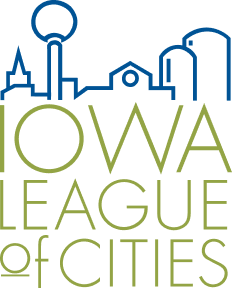The League recently conducted its biennial Utility Rate Survey, concluding in winter 2020. With 365 cities and local government organizations participating, we hope this information will provide a great resource for comparison purposes during future utility rate reviews. The survey participants represent a diverse set of communities across the state in terms of geographic location, community population, and utility rate structure. Our membership frequently requests this information, and the League is greatly appreciative of your participation in this survey. The results and survey questions are linked on the right. The 2020 results have been summarized with some additional analysis for those cities who responded in both the 2018 and 2020 surveys. The excel sheet can be downloaded from a clickable link in that summary file.
The Excel spreadsheet file is color-coded by utility type (pink = general city information; blue = water questions; green = wastewater questions; orange = stormwater questions; purple = garbage and recycling questions; yellow = other questions/comments). City’s responses are listed in city population order.
This Excel worksheet contains survey results for each question asked, as reported by the participants (unedited). An unknown margin of error could be expected. There were many simple edits made to correct typos or formatting-type errors only and/or for responses that did not fit the survey parameters. We received multiple follow-up pieces of information and tried to incorporate those within this summary. There are some notable outliers within the data set.
As a basic trend, utility rates tended to remain fairly stable, with a few notable increases that appear to correlate with rising costs of providing basic services and outstanding debts related to utility infrastructure and maintenance. This year’s survey asked for and gathered more information than in past years related to utility users and specific utility types and rates. This will be helpful in the future to be able to compare repeat survey takers’ responses in those areas, and compare at a greater level of detail. It will allow the League to expand analysis for repeat survey-takers in several areas.
Should there be any inaccuracies or questions related to this survey, please contact Erin Mullenix at erinmullenix@iloc.flywheelsites.com.
Disclaimers:
All data included in this survey results summary was self-reported by the respective cities.
There is great variation in the rate structure across cities, and it is difficult to capture all structures within the limits of our survey platform.






